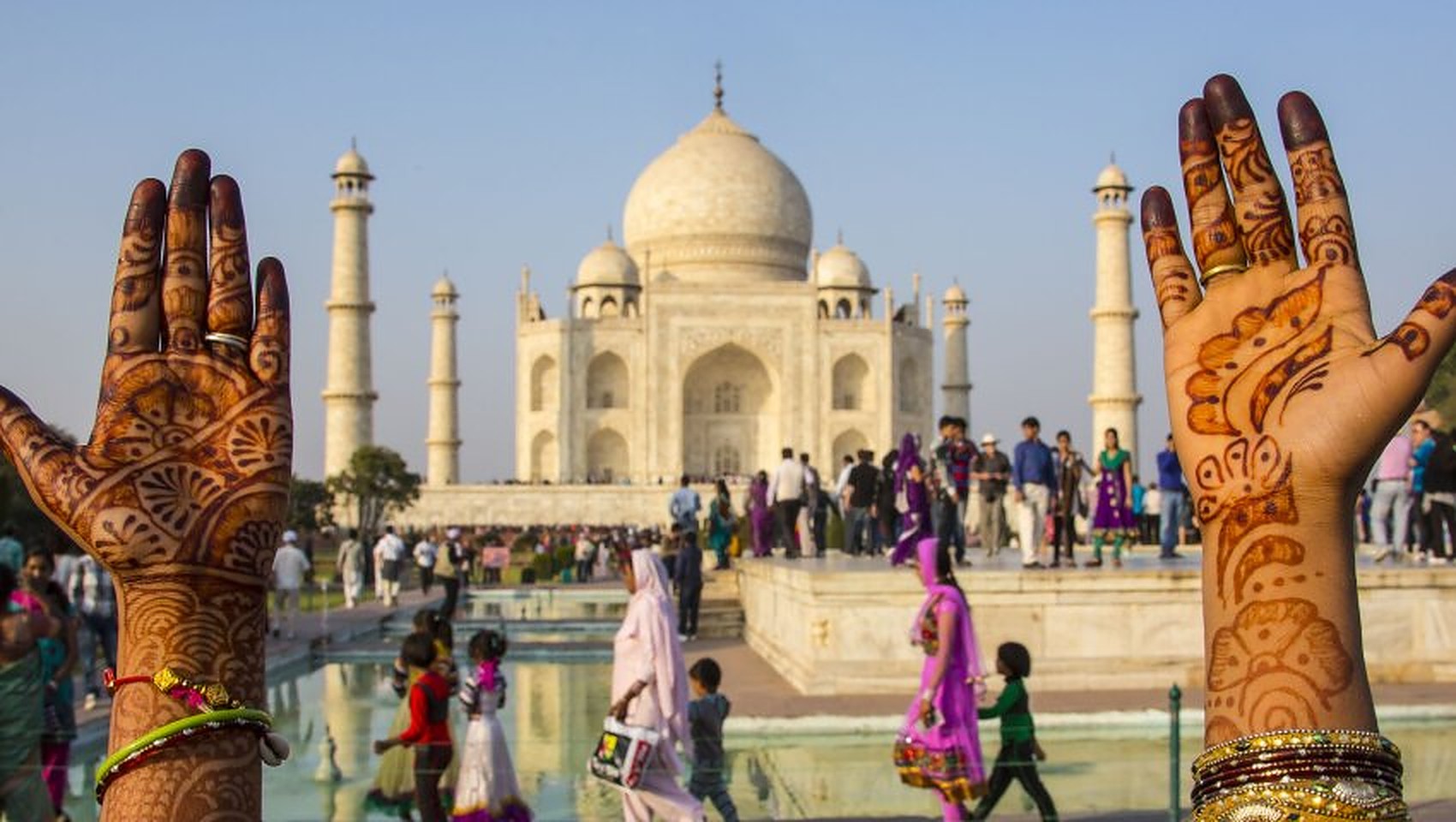“India lives in several centuries at the same time,” Arundhati Roy, a renowned Indian author, once said. Geography may physically separate cultures and communities, but time can transcend boundaries. While India seems far away geographically, time tells another story: that parts of Indian and Egyptian history are intertwined, and that both civilizations share a bond of relations extending from ancient ages to this day. Erasing all physical distances and borders, one is left with a trajectory of history that spans across centuries. The link between Egypt and India has not been studied extensively, particularly due to systemic racism during the colonial period (1944-1948 CE), which prevented Western scholars from attributing any history to the people of India. But there is recurring evidence that India’s rich ancient history is connected with Egypt’s ancient past. There is only one way that can revitalize the connection between the two countries: travel. Egypt has recently revised its visa regulations and decided to provide Indians with visas-on-arrival, which will be valid for 30 days from the date of arrival. Below are a few similarities between Egypt and India which may serve as encouragement for Indian…



